Radio is one of the most influential and enduring forms of mass communication in the modern era. From its humble beginnings as a wireless telegraphy system to its current role as a source of news, entertainment, education, and culture, radio has shaped the lives of millions of people around the world. In this blog post, we will explore some of the key milestones and achievements of radio in the past century, and how it has evolved to meet the changing needs and preferences of its listeners.
1920s: The Dawn of Broadcasting
The first widely recognized commercial radio broadcast took place on November 2, 1920, when station KDKA in Pittsburgh, Pennsylvania, announced the results of the U.S. presidential election. This marked the beginning of a new era of radio as a medium for public information and entertainment. Soon, hundreds of radio stations emerged across the U.S. and other countries, offering a variety of programs, such as music, comedy, drama, sports, and religious services.
In Australia, the first licensed radio station was 2SB Sydney, which later changed its call sign to 2BL, and is now known as ABC Radio Sydney. It went on air on November 23, 1923, with a live musical performance. It was followed by 2FC Sydney, 3AR Melbourne, and 6WF Perth, which are now part of the ABC Radio National network.
1930s: The Golden Age of Radio
The 1930s saw the peak of radio’s popularity and influence, as it became the primary source of entertainment and information for millions of people, especially during the Great Depression and the Second World War. Radio provided a sense of community and connection, as well as a platform for social and political commentary. Some of the most famous radio personalities and programs of this decade include Orson Welles, who caused some anxiety and confusion among some listeners with his adaptation of The War of the Worlds; Franklin D. Roosevelt, who delivered his “fireside chats” to the American public; and The Shadow, a mystery thriller series that introduced the catchphrase “Who knows what evil lurks in the hearts of men?”.
1940s: The Rise of FM and Shortwave Radio
The 1940s witnessed the development and expansion of two new types of radio: frequency modulation (FM) and shortwave radio. FM radio offered better sound quality and less interference than amplitude modulation (AM) radio, which was the dominant mode of broadcasting until then. FM radio also enabled the emergence of stereo sound, which enhanced the listening experience. Shortwave radio, on the other hand, allowed radio signals to travel long distances by bouncing off the ionosphere, a layer of the earth’s atmosphere. Shortwave radio enabled international broadcasting and communication, as well as propaganda and espionage during the war.
1950s: The Challenge of Television
The 1950s saw the advent of television, which posed a serious threat to radio’s dominance and popularity. Many radio stars and programs migrated to the new medium, which offered both sound and vision. Radio had to adapt and innovate to survive and compete with television. One of the strategies that radio adopted was to focus on music, especially rock and roll, which appealed to the younger generation. Radio also developed new formats, such as talk radio, which featured interviews, debates, and phone-in segments; and news radio, which provided up-to-date and in-depth coverage of current events.
1960s: The Era of Pirate Radio and Pop Music
The 1960s was a decade of social and cultural change, which was reflected and influenced by radio. One of the phenomena that emerged in this decade was pirate radio, which was the term used for unlicensed and illegal radio stations that operated from ships or offshore platforms. Pirate radio challenged the monopoly and censorship of the established radio authorities, and catered to the demand for more diverse and
1970s: The Emergence of FM Radio and Community Radio
The 1970s was a decade of transition and diversity for radio, as FM radio became more popular and accessible than AM radio, and community radio emerged as a form of alternative and independent media. FM radio offered better sound quality, stereo broadcasting, and more music genres, such as rock, soul, disco, and punk. Community radio, on the other hand, offered a voice to the marginalized and underrepresented groups, such as women, ethnic minorities, indigenous people, and social movements. Community radio also provided a platform for local and grassroots issues, culture, and music.
1980s: The Advent of Digital Radio and Satellite Radio
The 1980s witnessed the advent of digital radio and satellite radio, which introduced new possibilities and challenges for radio broadcasting. Digital radio, which used digital signals instead of analog signals, offered improved sound quality, reduced noise and interference, and increased data capacity. Satellite radio, which used satellites to transmit radio signals, offered nationwide and even global coverage, as well as a wide range of channels and genres. However, both digital radio and satellite radio also faced some obstacles, such as high costs, licensing issues, and compatibility problems.
1990s: The Expansion of Internet Radio and Podcasting
The 1990s saw the expansion of internet radio and podcasting, which leveraged the power and potential of the World Wide Web. Internet radio, which streamed audio content online, offered more diversity and interactivity than traditional radio, as well as lower costs and barriers to entry. Podcasting, which allowed users to download and listen to audio files on demand, offered more convenience and personalization than traditional radio, as well as more creative and niche content. Both internet radio and podcasting also enabled more participation and feedback from the listeners, as well as more collaboration and innovation from the producers.
2000s: The Convergence of Radio and Mobile Devices
The 2000s witnessed the convergence of radio and mobile devices, such as smartphones, tablets, and laptops, which enabled radio to reach more audiences and platforms than ever before. Radio became more portable and accessible, as listeners could tune in to their favorite stations and programs anytime and anywhere, as well as access other media and services, such as social media, e-commerce, and e-learning. Radio also became more interactive and engaging, as listeners could communicate with the hosts and other listeners, as well as share and comment on the content, through various apps and features.
2010s: The Resurgence of Radio and Podcasting
The 2010s saw the resurgence of radio and podcasting, as they proved to be resilient and adaptable to the changing media landscape and consumer preferences. Radio and podcasting continued to offer high-quality and diverse content, as well as a sense of intimacy and authenticity, that appealed to the listeners. Radio and podcasting also benefited from the advances in technology and the growth of the digital economy, such as artificial intelligence, big data, cloud computing, and online advertising. Radio and podcasting also embraced new trends and opportunities, such as smart speakers, live streaming, and audio storytelling.
2020s: The Future of Radio and Podcasting
The 2020s will be an exciting and challenging decade for radio and podcasting, as they will face new opportunities and threats from the evolving media environment and consumer behavior. Radio and podcasting will have to compete and collaborate with other media and platforms, such as video, gaming, and social media, as well as cope with the impacts of the COVID-19 pandemic, such as lockdowns, social distancing, and economic downturn. Radio and podcasting will also have to innovate and experiment with new formats and genres, such as immersive audio, interactive audio, and audio journalism, as well as cater to the needs and expectations of the listeners, such as personalization, customization, and diversification.
Please tell us your stories about radios and broadcasts in the comments below as they have had an impact on us all or for more stories like this go to PhotoChronicles.net
#100years #100yearsradiobroadcast #radio #podcasting #history #innovation #impact
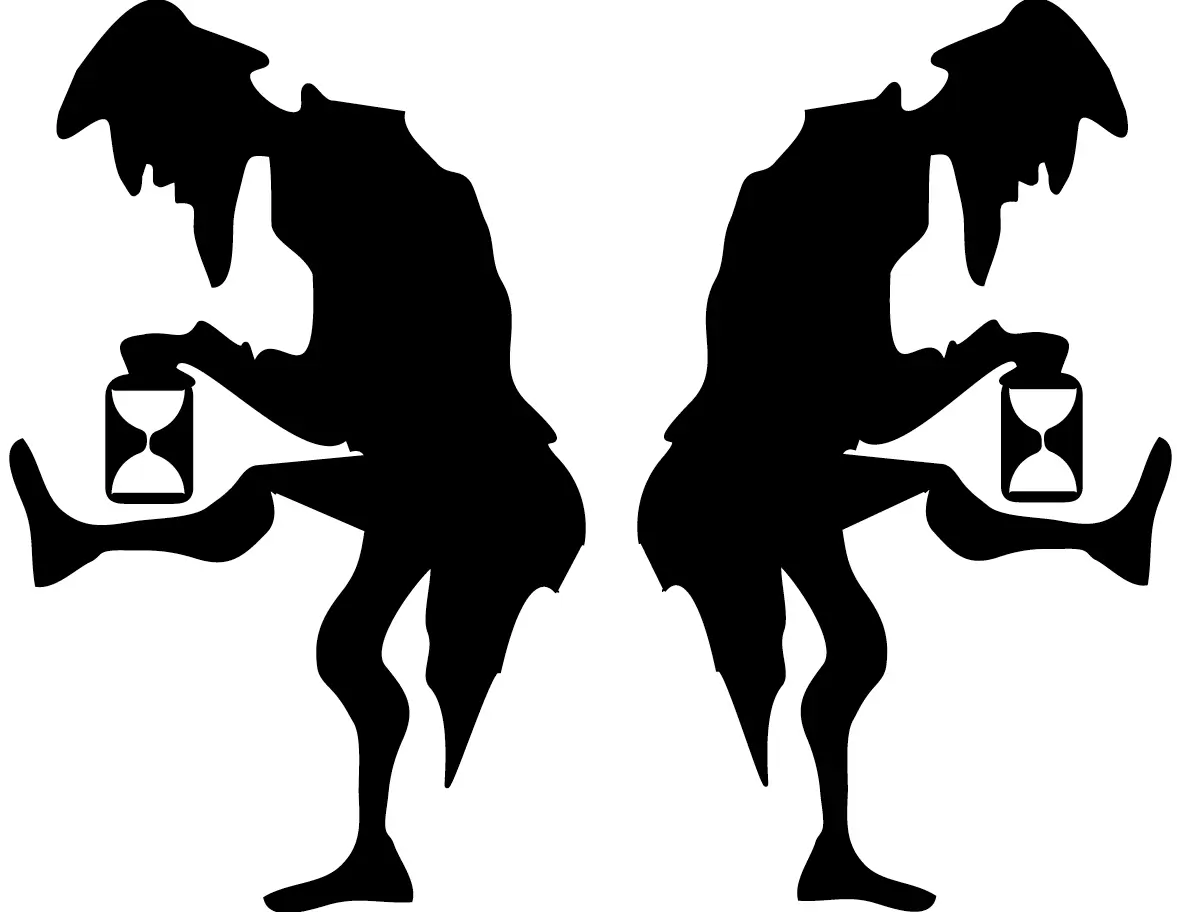





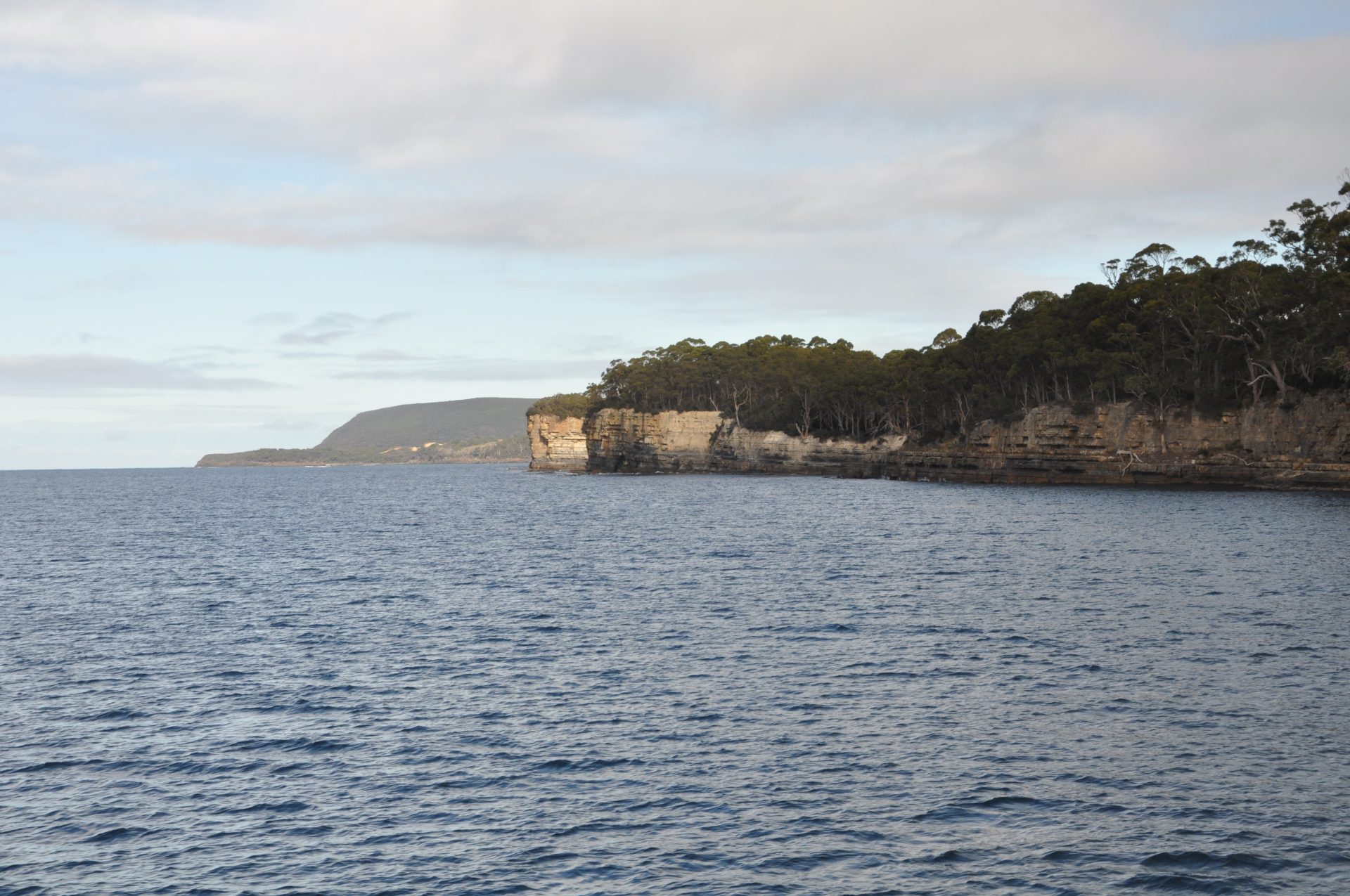

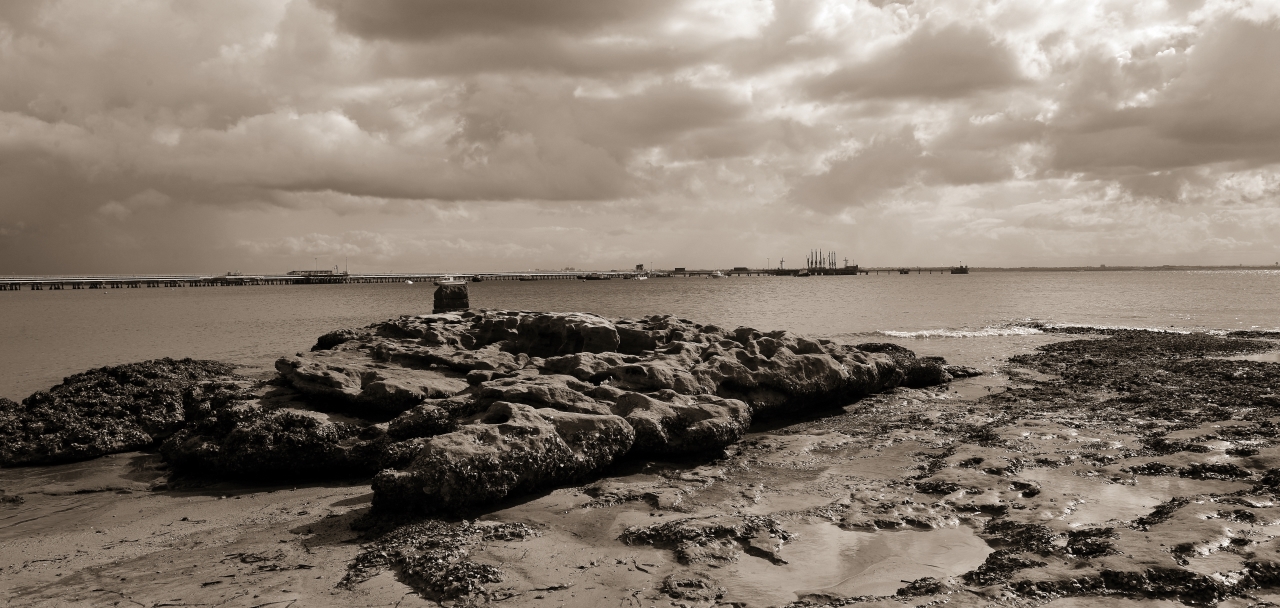

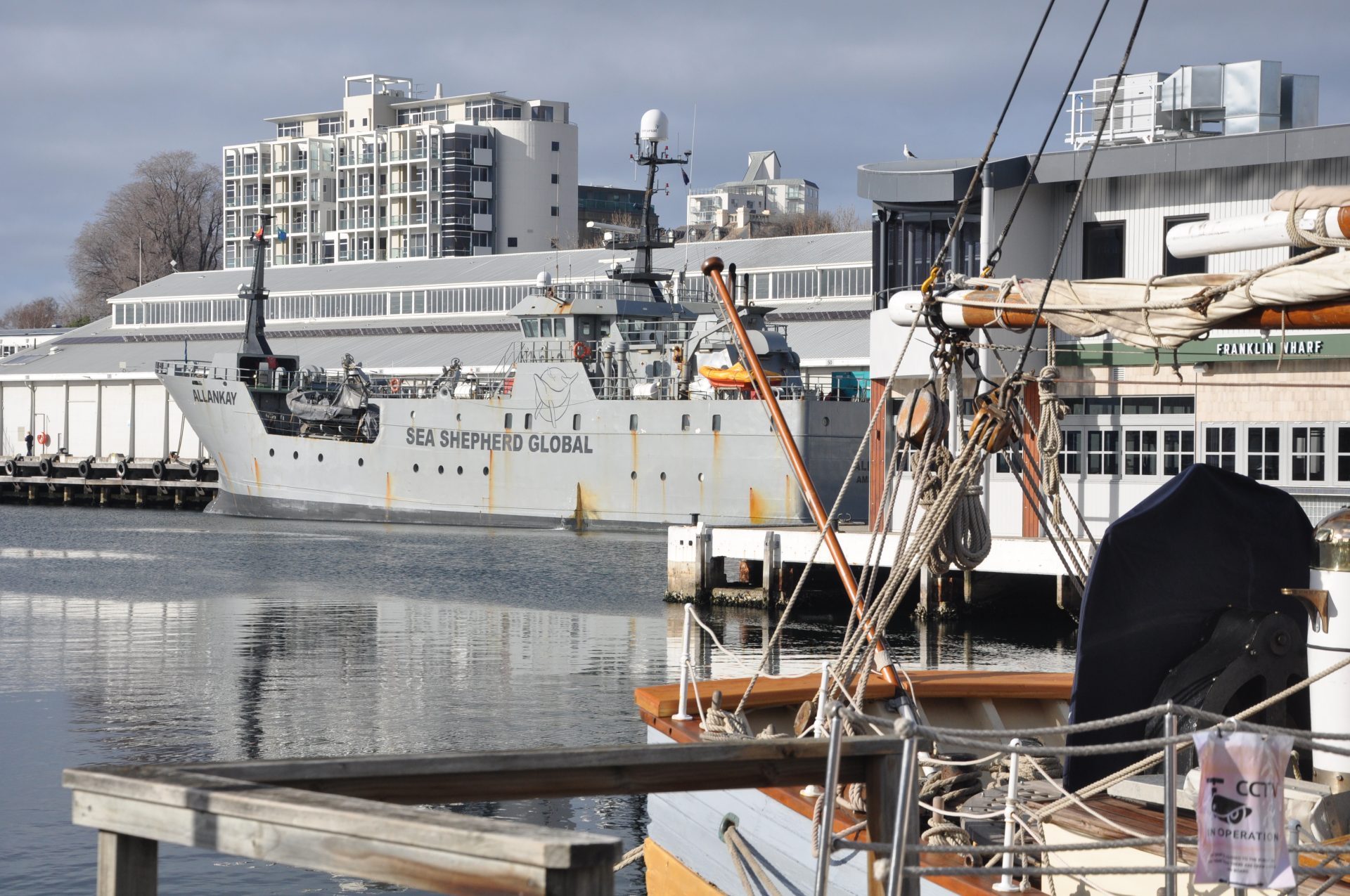

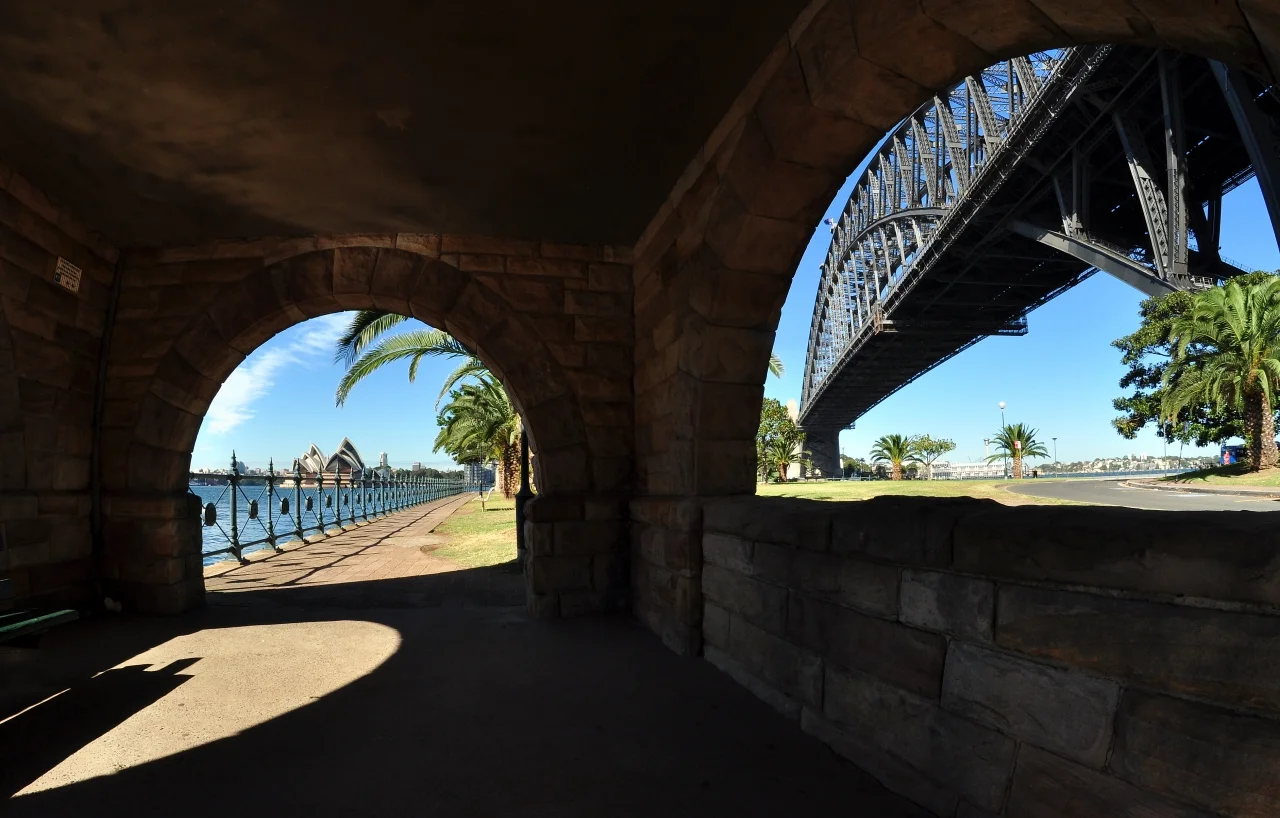
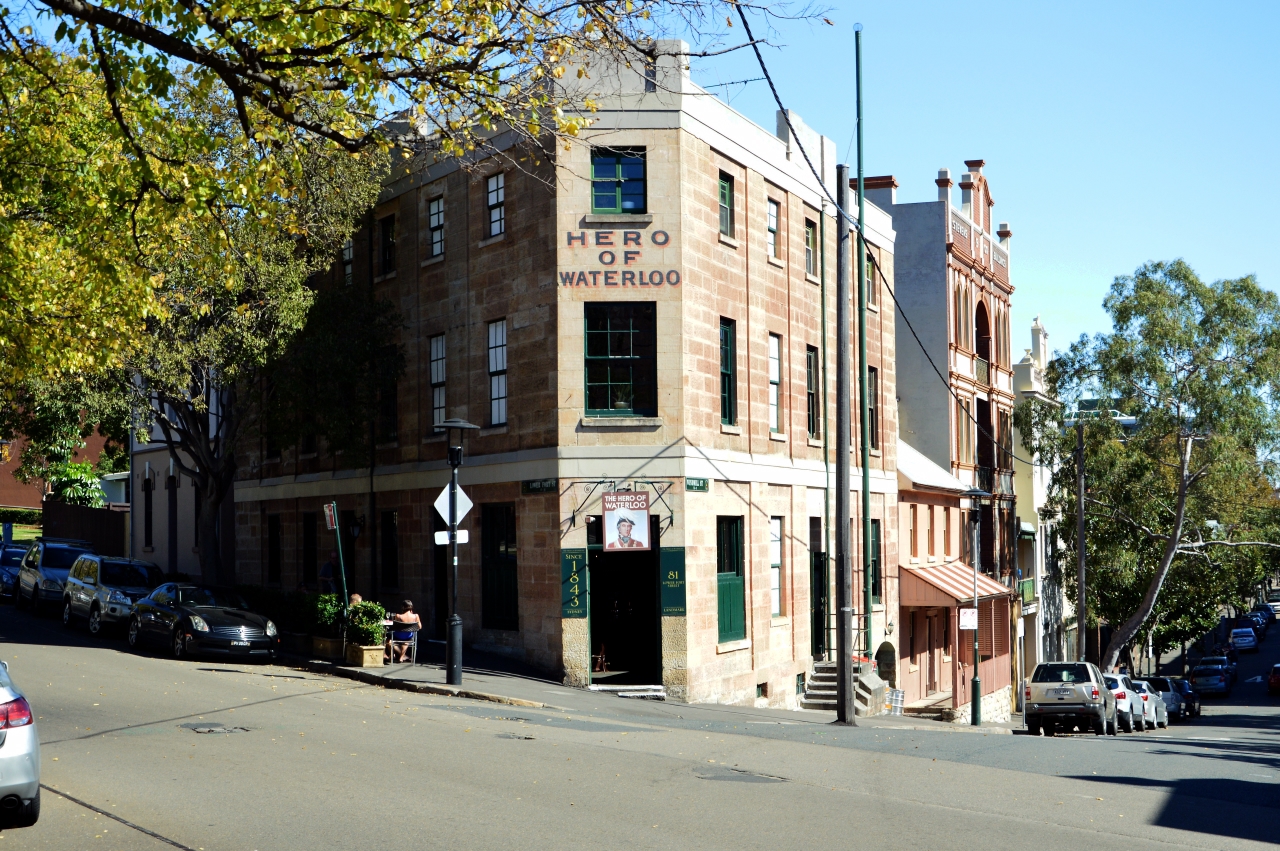

KAYSWELL
I have not checked in here for a while because I thought it was getting boring, but the last several posts are great quality so I guess I will add you back to my everyday bloglist. You deserve it my friend 🙂